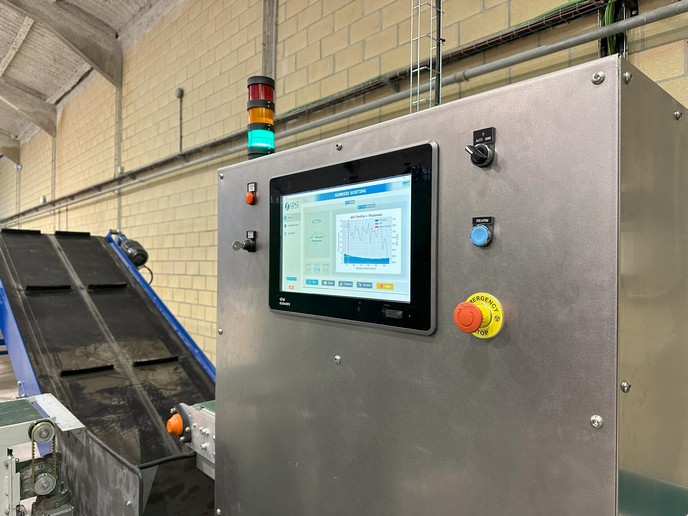Towards improved protective clothing
For people working in emergency response situations, protective clothing is of paramount importance. However, these garments are currently bulky, uncomfortable and lose their functional properties (such as flame retardancy or breathability) with repeated use. The 'High-protective clothing for complex emergency operations' (SAFEPROTEX) project was established to research and test multi-functional materials for protective garments. The overall aim was to develop textiles that could protect wearers against multiple hazards without sacrificing comfort or garment longevity. Researchers developed a number of nanotechnology-based enhancements for textiles, including thermo-regulating fibres, colour-based temperature alert patches and 3D-knitted insulating materials. Another major breakthrough was a surface treatment to improve the hydrophobicity (water-repelling), self-cleaning ability and antimicrobial properties of the fabrics. Three prototype garments using these multi-functional textiles were produced: an extreme weather outfit, a wildfire outfit and an outfit for first response medical personnel. All three prototypes performed well and were highly rated by users in a laboratory, as well as in real-life testing. Based on these positive results, SAFEPROTEX will develop commercial applications for the textiles. These advances are expected to result in decreased casualties and lower operating costs in the field of emergency response and rescue operations.
Keywords
Protective clothing, multi-functional textiles, emergency response, flame retardancy, nanotechnology, hydrophobicity







